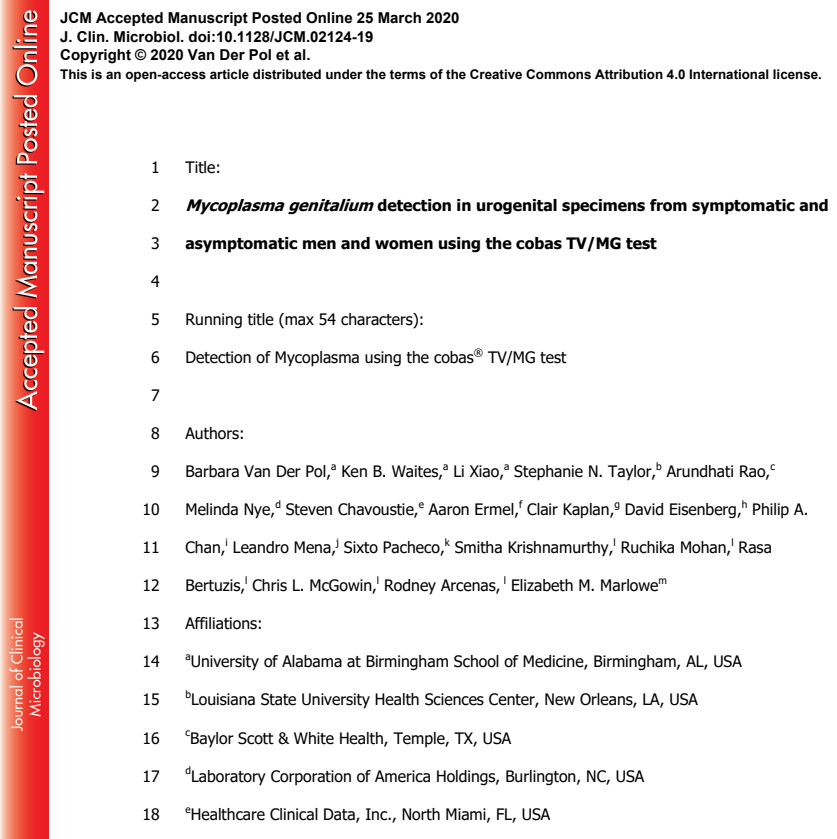
Comparison of the Aptima HBV Quant assay in the automated Panther® System with the Abbott Realtime HBV assay in the quantification of Hepatitis B Virus.
- August 4, 2019
HIV-1 is a widespread virus affecting more than 30 million people worldwide, mostly located in sub-Saharan Africa. It is of clinical importance to be able to classify HIV-1 into subtypes because not only is it helpful when designing anti-retroviral treatments (ARTs) but also in studying the geographical spread of different strains of the virus. This study sets out to evaluate the frequency of certain subtypes in different parts of Africa, specifically in South Africa, Cameroon, and Guinea Bissau.
A total of 1297 samples were collected from patients infected with HIV-1. The viral RNA extraction was performed using plasma specimens on the Abbott m2000 platform. Subtypes were determined by amplification of the env gp41 immunodominant region (IDR) and pol integrase (pol IN) region with specific primers for each of the regions. The HIV-1 sequences from both regions were then blasted against available sequence databases. To further explore the prevalence of CRF_BC strains in South Africa, sequences with this subtype collected in Pretoria and the closest viral sequences obtained from NCBI-NIH database were aligned by Clustal W along with sequences from China and Myanmar. Neighbor-joining trees were then constructed using the Jukes-Cantor method to compute evolutionary distances.
Similar patterns were observed in Cameroon and Guinea Bissau with subtype CRF02_AG being the most predominant with a prevalence of 73.35% and 68.59% respectively, followed by subtype A with a prevalence of 4.52% and 26.92% respectively. In contrast, samples from South Africa showed the most common subtype to be circulating forms of BC strains with an occurrence of 84.53%. Sequences from South Africa were further compared using phylogenetic trees. This analysis showed a separation with a strong bootstrap between CRF_BC strains found in South Africa and subtype C and CRF_BC strains from Myanmar and China. Furthermore, the recombinant form B/C is more closely related to sequences classified as subtype C rather than those classified as subtype B. For the pol IN region, the tree illustrates that recombinant B/C strains show more homology to subtypes C found particularly in the KwaZulu-Natal province in South Africa.
Subtype C is the most prevalent subtype commonly found in South Africa, however an increase of CRF_BC has been observed in the last five years. In agreement with previous studies carried out in South Africa, the crossover between subtypes B and C are yielding unique CRF_BC strains that are unlike the ones found in China and Myanmar. The increase of these recombinant forms could be a consequence of the rising tourism and migration to Africa. However, further studies within this particular region of South Africa could reveal the factors involved in the sudden increase of BC recombinant strains in HIV-1 infected people.
DOWNLOAD PDF